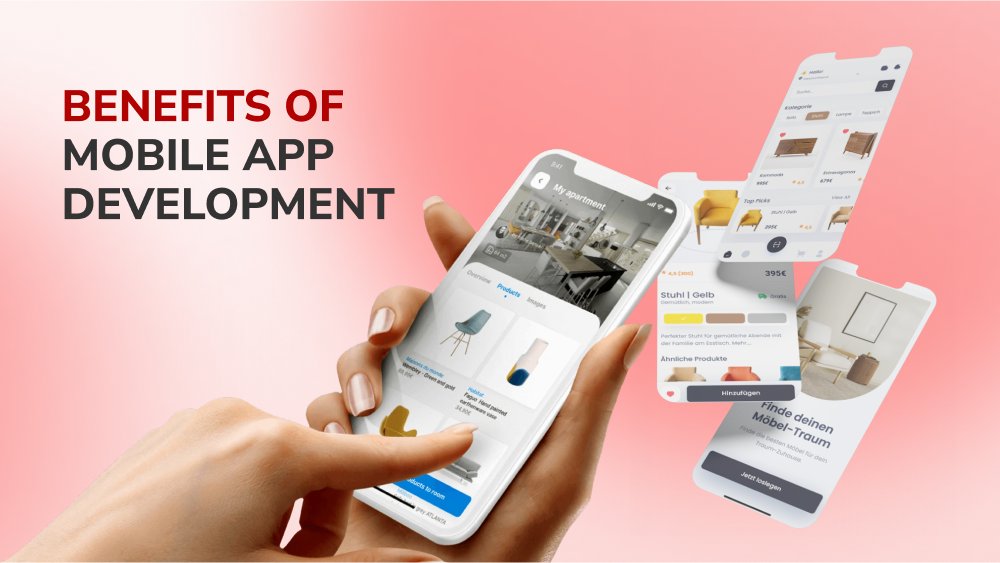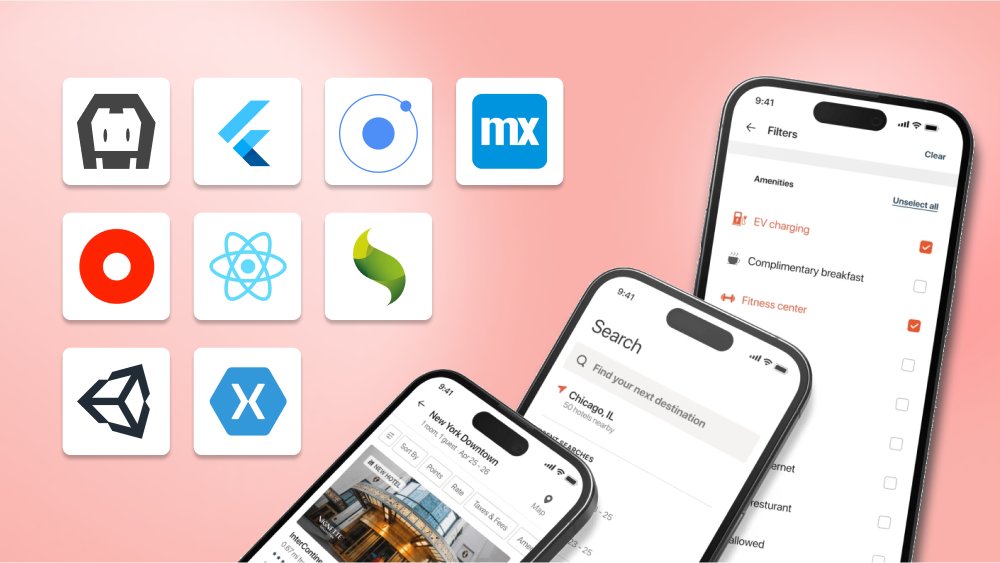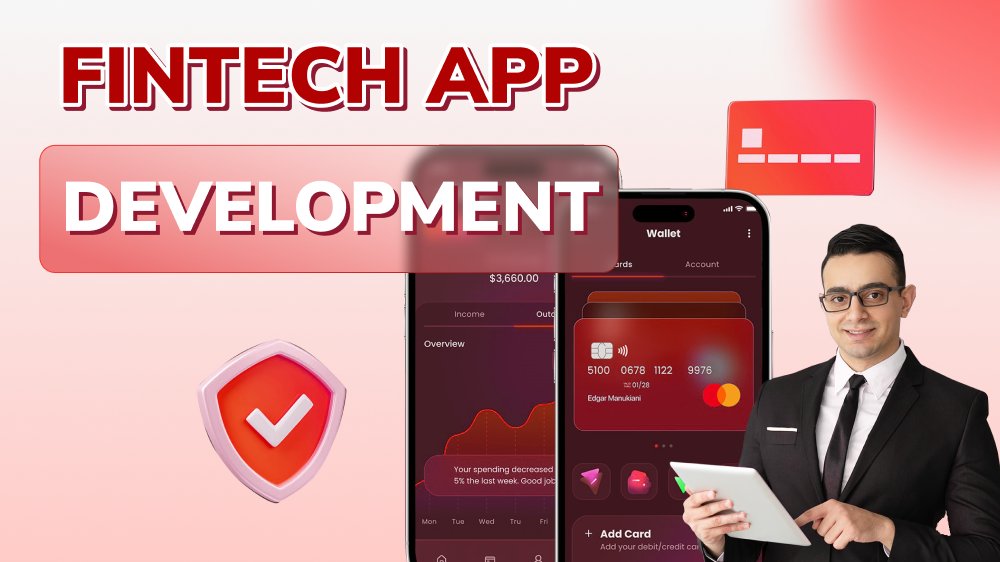How to Create a Billing Software: Definition & Complete Guide
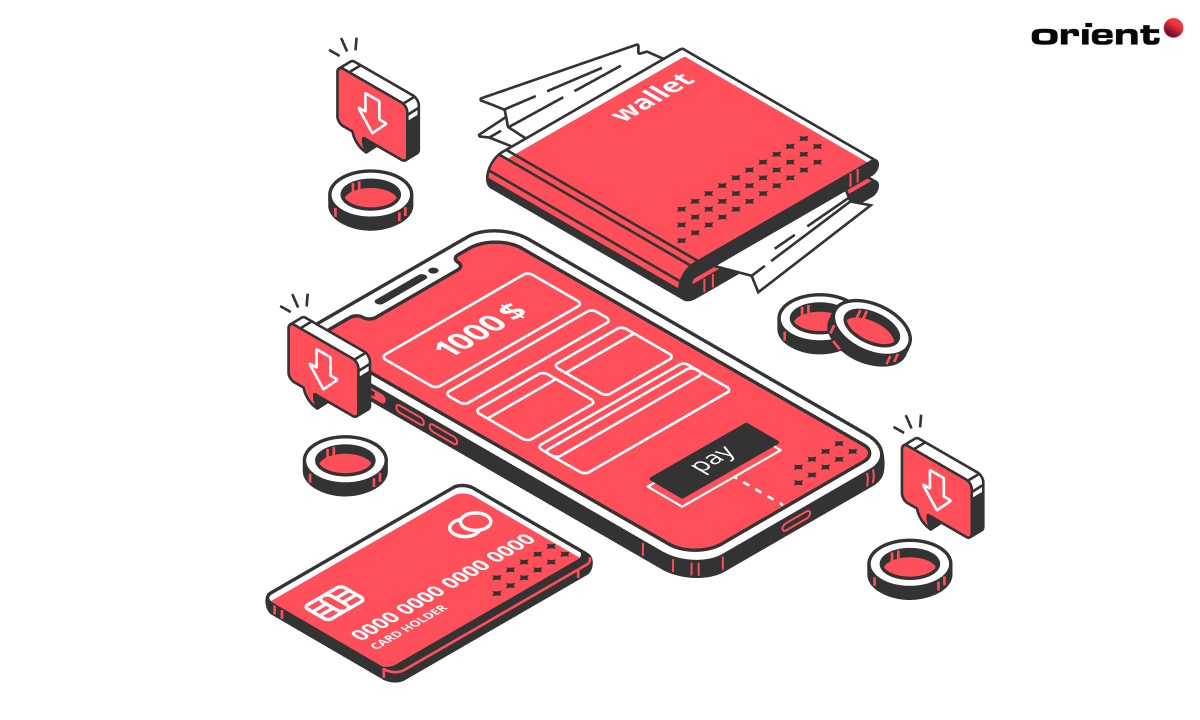
Content Map
More chaptersInvoices have always been one of the biggest pain points for businesses, regardless of size. This may sound like a simple matter at first glance, but invoices are not simply getting paid; it is getting paid on time. According to a statistic from ordinary circumstances, up to 78% of accounts payable departments admit to paying invoices late. Manually entering data and reminding customers of unpaid invoices is no longer a modern and timely solution. Therefore, more and more businesses are looking to billing software solutions to relieve the pain, secure data, and automate finances and invoices. The rise of remote operations and real-time transactions of customers is also one of the agents making the billing process hectic. By integrating many advanced functions, many billing systems are now able to accept payments through e-commerce platforms. So how to create a billing software to serve the needs of financial businesses? Read the article below.
What is Billing Software?
Billing software is a type of solution designed to help businesses track and manage their billing and payment processes. These invoicing tools allow large enterprises and small business owners to streamline the invoicing process by automating repetitive tasks like creating invoices, sending out invoices, collecting payments, and managing customer accounts. However, those are just the basic tasks of a typical billing software.

Nowadays, with the development of the latest software development technologies, some billing platforms are capable of much more. These invoicing tools effectively contribute to almost any aspect of project/business management. Billing tools can now provide detailed reports to help businesses better understand their cash flow. Integrating custom features when building custom billing software depends on business needs, a complete billing software includes different features such as automatic sending payment reminders for overdue payments, bulk invoice creation, invoice templates providing, and different payment options (e.g., credit card, PayPal), discount management, and integration with existing accounting systems and online marketplaces. Some custom solutions may even include special key features such as customer relationship management (CRM) capabilities and analytics tools. With this new service, financial operations seem more than easy as the billing system has taken care of almost all the financial work of customers.
Depending on the requirements of the business, customers can choose one of two forms of billing software, including custom billing software and ready-made invoicing software. In which, Zoho invoice is considered a popular ready-made billing software that offers both a free and paid version. Instead of limiting itself to customer control, Zoho invoice focuses heavily on the customer loyalty aspect. The Zoho invoice provides personalization and automation solutions with the richest collections of invoice templates, versatile support for international payments, and an intuitive time tracker.
Two Kinds of Billing Software - Custom Billing Software Vs. Ready-made Invoicing Software
As mentioned above, two different main kinds of recurring billing are available, ranging from basic solutions for small business to more comprehensive packages for large business, which are custom billing software and ready-made invoicing software.

Ready-made software
Ready-made invoicing software is an off-the-shelf invoicing system that is generic in nature and was not developed to serve any particular individual. By using it for free or paying a corresponding fee with the available recharge packages, this software allows users to experience all the core features of a billing software. In some billing systems, the only thing a business can customize is the user interface, including modules, user quantity, themes, and colors.
Custom software
Custom billing software is a kind of custom software development service and a bespoke invoicing system designed to meet the specific business’s needs. It allows businesses to customize their invoicing process, making it more efficient and effective. This kind of tool consists of the process of creating, designing, deploying, and maintaining software for a specific function of customers. Custom software is all about privacy and cannot be used by other audiences. Business can easily modify or continuously upgrade this solution depending on the circumstances and intended use.
Which to Choose Depends on Your Need
No billing software is the best invoicing software, as each type of solution has its own pros and cons. Deciding which invoicing platform to choose comes with certain risks.
Ready-made invoicing software is typically a better option for businesses requiring a simpler billing system with limited options and no need for IT infrastructure. This type of solution is often more affordable and easier to implement than custom billing product, but long-term business changes must still be taken into account.
However, if you require more than basic financial management tasks on software and have administrative needs, customization options, or functionality to use for certain purposes, building custom invoicing software is there ready to meet your standards. Don’t forget it is important to determine if the advantages of custom invoicing software outweigh the cost and time required to implement and maintain it before making a decision.
Billing Process – How to Create a Billing Software
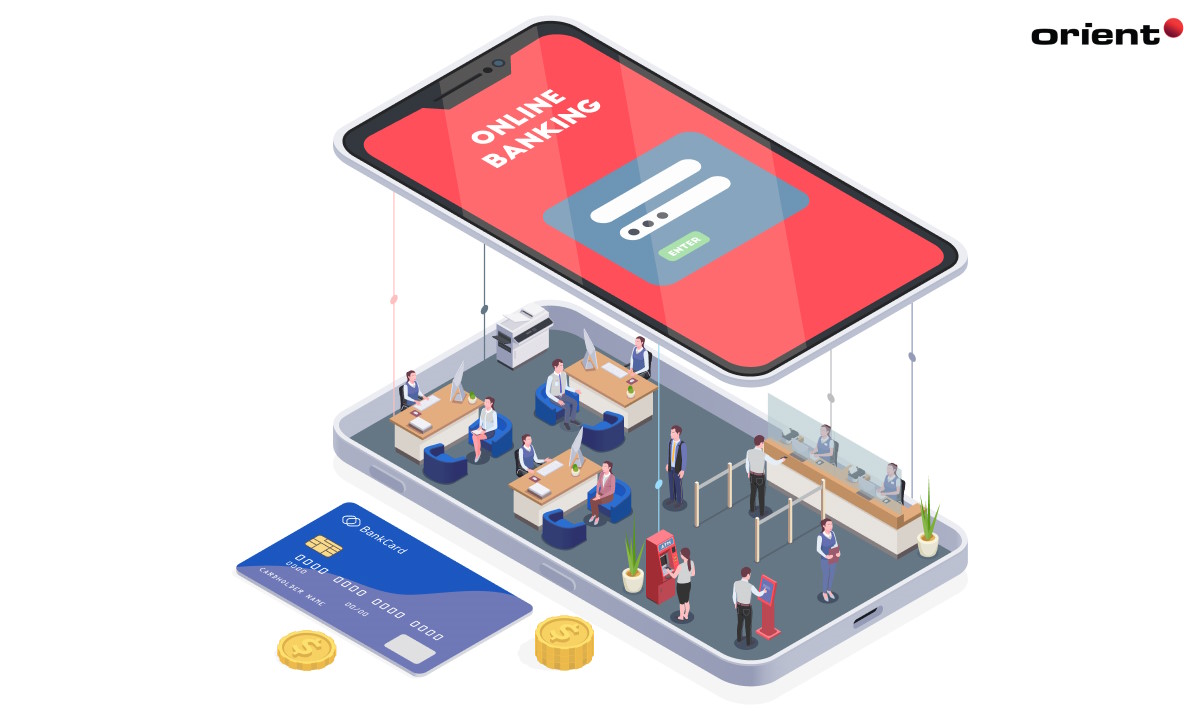
In addition to Zoho invoice, there are many different invoicing solutions on the market today with diverse prices and features that you can refer to use for your own business and customers. However, this article will only give the reader an entire guide on how to create a billing software, a custom billing software.
Know Your Business
The first step in this billing process is to understand what you want. Understand your potential and needs before rushing to develop automation features. Recurring billing tools that have all the features can be the perfect solution for many when it is no longer simply payment reminders with basic functionality. However, the gap between theory and reality is quite far. Enterprises need to consider objective factors such as resources, costs, and needs before embarking on billing solution development. Which development team will be responsible? What is the maximum and minimum budget that the business spends on the product? What is the purpose of this invoice creation? Answer all these questions, and you’re ready to move on to the second step in your billing software build.
In addition, agreeing with the members of the software development team and finance team from the very beginning on the general concept of billing software design as well as the product development orientation will also help the project manager ensure accuracy and reduce the chance of any mistakes or time-consuming miscommunications with customers and teammates in the software product development process. This may make little sense for your business in the early stages. Still, gradually entering the main stages of product building, you will realize the value of this invested effort.
Research
Whether your businesses build billing software for personal use or for customers, inquiring prior is important to ensure that the software meets all the required needs. There are three groups that need you to invest in thorough research: customers/business, market, and industry trends. By conducting private research on customers and your own business, you better understand preferences and key features of tools in order to create an effective product. In addition, surveying the market to see what your competitors are up to is also a great way to customize your solution to differentiate it from others on the market. Finally, survey industry trends to know the general tastes and trends of today’s users and other relevant information that can influence the design and development of your software.
Determine Essential Functions
All the features of the custom invoicing software should directly correlate with the purpose. Decide what features your software product will have by listing possible alternatives. You can issue multilingual invoices as well as manage taxes and revenue and accept online payments in different currencies. Along with the features listed above, you may opt for more specific ones, such as hourly rate, project billing, time tracking, support of multiple tax rates, and non-standard payment terms. Ideally, business owners can create multiple templates and vary them based on target segment, season, offer, and other factors. A team of professional developers will help you select the most essential features that will match your business needs and technical capabilities.
Create Your Payment Terms
An important part of developing a billing system, regardless of how you track payments, is to make clear your standard payment terms. Establishing payment terms when building billing software is essential for businesses to ensure that they get compensated for the work they do. Payment terms should be clearly defined in the contract for both parties to be aware of the expected payment schedule, the total amount due, and when it’s expected to be paid. This information can also be used by the billing software to generate invoices at regular intervals and deliver timely payments from customers. Having clear payment terms can also reduce negotiation between parties or help resolve any issues quickly, as all relevant details about the transaction are documented.
Hire/Build a Software Development Team
Developing a software is a long process with many stages that require businesses to possess experienced software developers with suitable competencies. It would be great if you already had a team of experts in place to successfully build the product. However, if human resources are not available and your business also wants to spend less time and effort in the complicated process of recruiting developers, the best way to solve this problem is to outsource a dedicated software development team. To create a billing app that works perfectly, the developer should be well-versed in a nimble tech stack like fintech, cloud computing, automation, and machine learning. These are all solutions for every software project that can meet the basic requirements of the scrum master and more. However, when hiring a software development team to develop a recurring billing system, it is crucial to ensure that you select the right team with all the necessary soft skills and technical skills for your needs.
Create an MVP
Creating an MVP (Minimum Viable Product) is a strategy used by software development teams to quickly test an initial version of a product or service. Testing activities are directly related to the quality assurance and software testing process of a project. Often, the goal of an MVP is to reduce the time and costs associated with the full development timeline while still providing the customers with useful custom solutions that can be tested and improved over time. By testing and receiving continuous feedback from software developers and end-users, the business helps customers get early access to the product and remove irrelevant features before launching the final version.
Build Payment Software
Once you’ve completed the preparatory steps above, it’s time to get started. In addition to developing all the listed invoicing features, the dev team needs to pay attention to two factors: APIs and integrations and security. Whether your payment recurring invoices are a product developed from scratch or not, you still need to integrate third-party application programming interfaces (APIs) securely and carefully and implement secure application logic to keep the data safe before going live.
Maintain the Software
Last but not least, check and maintain your billing software regularly. Software maintenance is important because it ensures the billing software continues to function properly over time. Whether your product is a web application or a mobile application, it needs care and maintenance throughout the product’s official run. Without regular maintenance, bugs, and errors that disrupt its operations can start appearing. And most likely, during that error period, one’s customers may experience downtime or other issues due to outdated or unsupported product. This is also the stage where the business can upgrade more advanced features for the product and perfect it into the best version.
Developing a billing tool is undeniably a complex task with many stages throughout the process. However, Orient hopes the detailed instructions above will help you somewhat simplify the product development process. Don’t hesitate to contact us if you have any questions about software development!

